
Following the Road Less Traveled at Guadalupe Mountains National Park
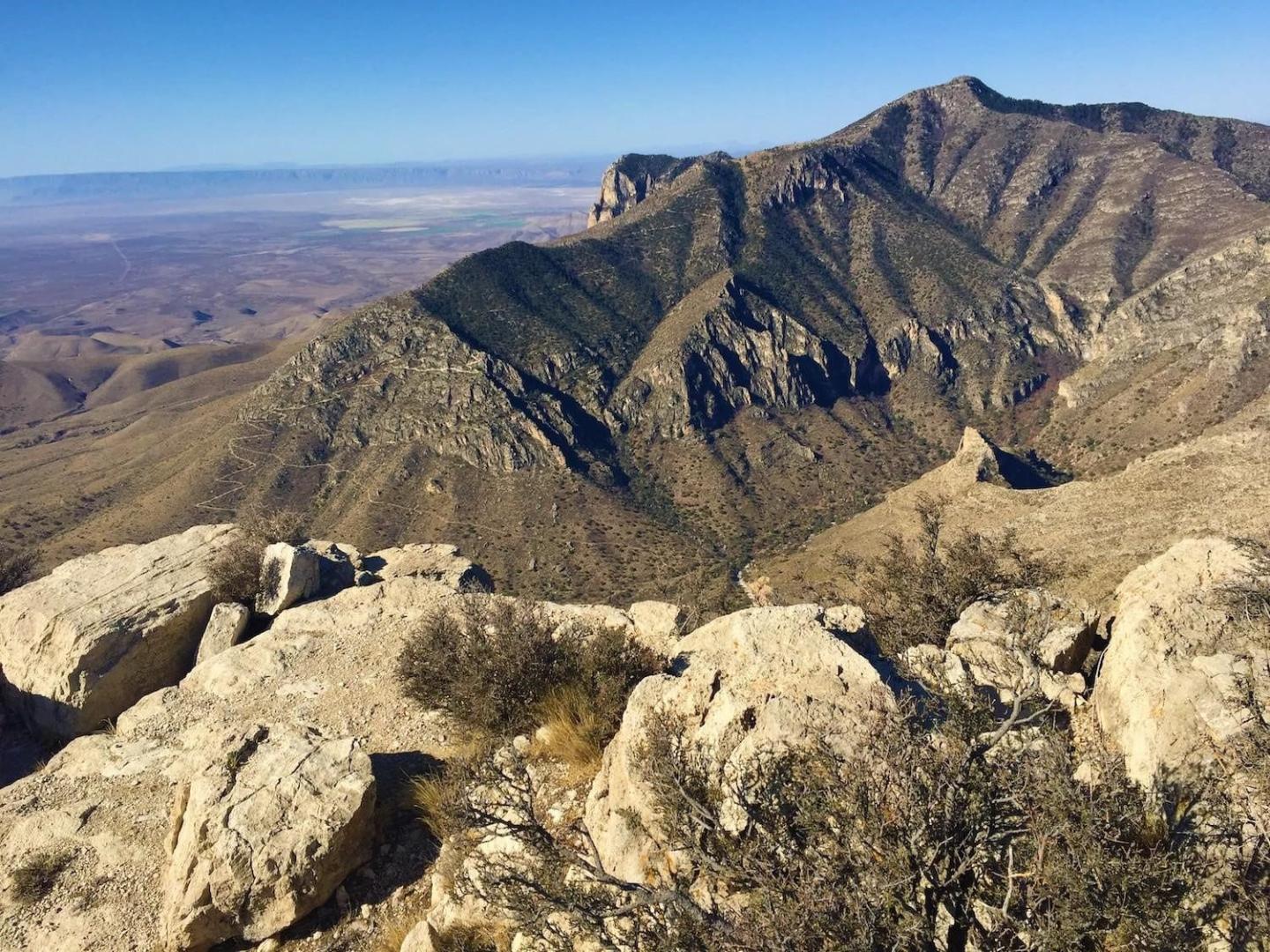
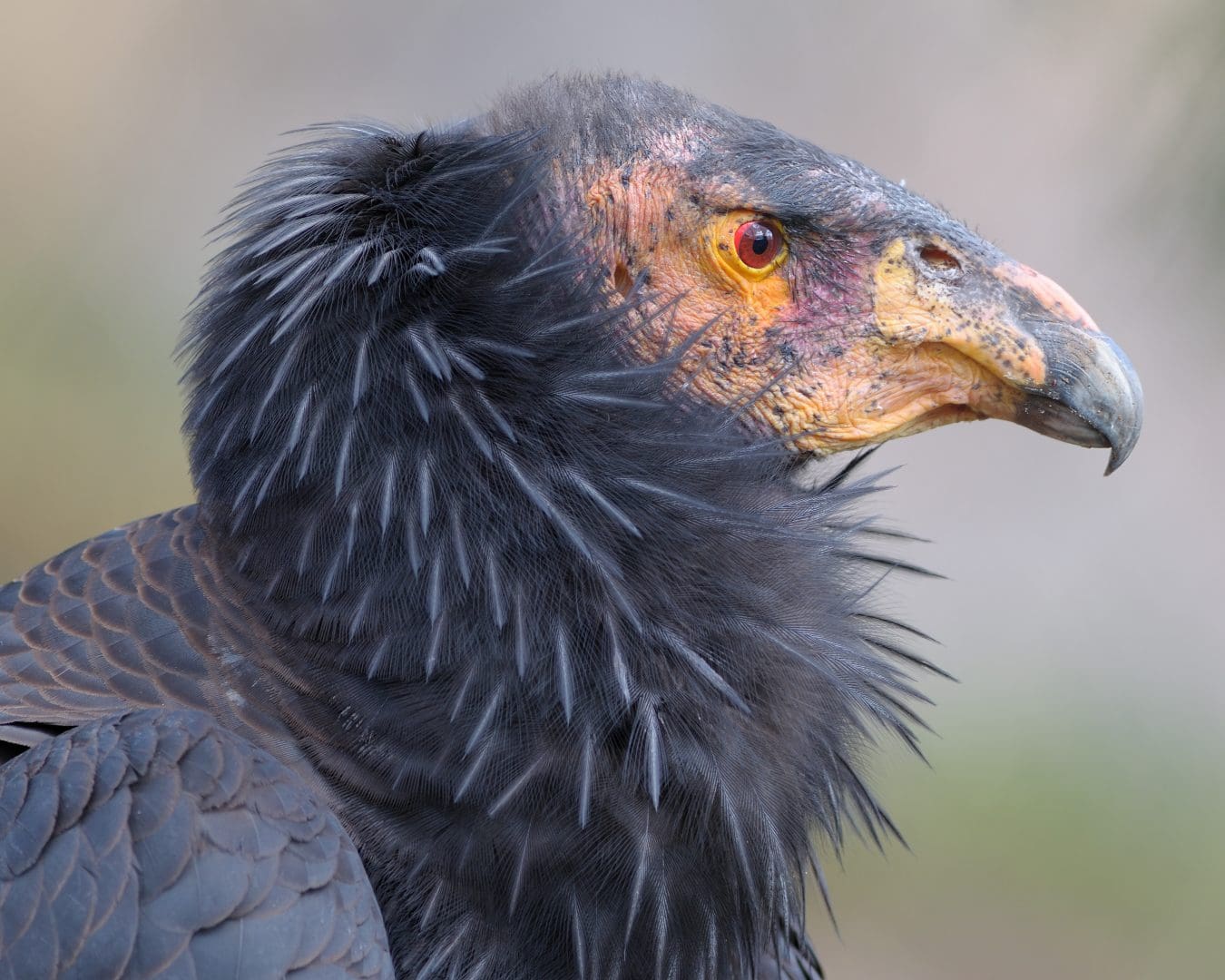
The California condor (Gymnogyps californianus) is an endangered New World vulture and the largest bird in North America. In the 1980s, the entire population of California condors was reduced to 22 birds. With the assistance of captive breeding programs, the condor was brought back from the brink of extinction. Captive-bred birds have been reintroduced to California, Arizona, Utah, and Baja California. There were more than 230 condors in the wild in 2013, but the bird’s recovery has been sluggish.
The extremely slow reproductive rate, usually one egg per clutch, and the fact that females don’t nest every year, prevents condor numbers from booming. Young condors are dependent upon their parents for as much as a year and can take 6 to 8 years to mature.
The Impact of Lead on Condor Reproduction
In addition to a slow reproductive rate, the condor’s susceptibility to lead poisoning caused by ingesting lead ammunition fragments, is a major impediment to establishing a viable wild population. Lead impairs the stress response, and elevated stress is known to interfere with avian reproduction.
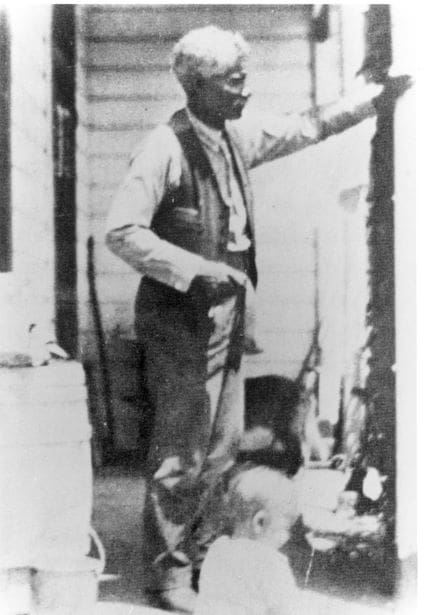
When the war ended in 1865, George was emancipated. Just a 14-year-old boy, however, he stayed on at the ranch another three years, working with livestock and helping his father with blacksmithing. By 17, young McJunkin was ready to follow his dream of becoming a true cowboy. He left home alone and found work outside Comanche, Texas, riding on cattle drives. Next, he trained horses for Gideon Roberds, a former slave owner from Georgia, to sell along the Santa Fe Trail. McJunkin helped Roberds set up his permanent spread east of Trinidad, Colorado. The story goes that McJunkin taught Roberds’ boys, Emmett and Coke, how to break horses and, in exchange, they taught him to read.
By all accounts, McJunkin was hungry to learn: how to wrangle horses, to read, to speak Spanish, to play the violin, to find constellations in the night sky. Fascinated by natural sciences, he collected petrified wood, minerals, and bones to study.
As his reputation for hard work and excellent horsemanship grew, McJunkin was hired by Dr. Thomas Owen, a former Confederate Army officer and the first mayor of Trinidad, to work his Hereford Park ranch on the Dry Cimarron River.
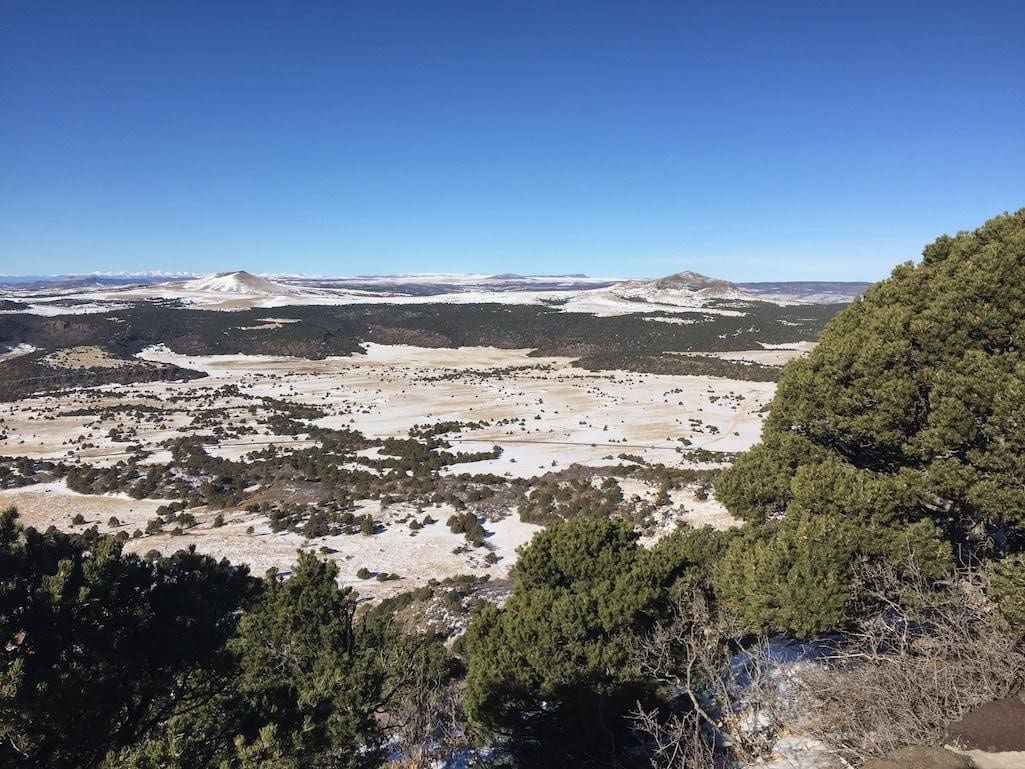
McJunkin had fallen in love with the Dry Cimarron area when he passed through on cattle and horse drives. According to the Folsom Museum, McJunkin climbed Capulin Volcano, taking in commanding views of broad grasslands from its summit, with the snowy peaks of the Sangre de Cristo Mountains to the west. He declared the area “my promised land,” a Biblical reference to Moses leading the Israelites from captivity to a land of their own, and freedom.
Stories abound of his courage and character. How he intervened to save a cavalry lieutenant outnumbered by bandits seeking the military payroll, and how the grateful army officer gave him a telescope in return, which McJunkin carried on his saddle. How he notified the sheriff when he found members of the Ketchum Gang, who had just robbed a train, camped nearby; a search of the campsite yielded a torn note listing their next destination, where they were swiftly apprehended. How, during a 10-day blizzard, he led 20 cowboys and what was left of their herds to safety. How, when Dr. Owen died suddenly, McJunkin helped Owen’s widow and young sons, Ben and Tom, work their ranch until the boys were old enough to take over.
At the nearby Crowfoot Ranch, McJunkin was made ranch foreman, a rare position for a Black man in the 1890s. It was widely acknowledged that he was the best horseman and cowboy in the region. Black, white, and Hispanic cowboys all worked together under his direction.
McJunkin built himself a cabin on the Crowfoot Ranch, settling down at last. He hung shelves to display his collection of artifacts. With his telescope and a transom, he acted as local surveyor, establishing property lines and putting up fences. He bought his own herd of cattle. He played fiddle and guitar at local dances.

I could have followed the popular trails to Guadalupe Peak or El Capitan. Instead, I take the Tejas Trail, overlooking a steep canyon, called Devil’s Hall, up to Pine Top where I camp overnight among the piñons, with a spectacular view almost 3,000 feet above the surrounding plain. As the sun sets, I hear the pealing of an eagle, circling the heights. The next morning, I stand atop Hunter Peak, looking over the canyon toward Guadalupe Peak and El Capitan, able to clearly see the narrow trails zigzagging up their flanks. Hunter is the fifth-highest peak in Texas. A backpacker’s gear flashes in the morning sunlight from atop Guadalupe, but I have this side all to myself. Walking along the edge of The Bowl, I keep my eyes peeled for elk, then carefully descend Bear Canyon, the steepest trail in the park. No elk, no bears, and no crowds.
You can visit all of these hidden gems. With over 80 miles of trails winding through the area, day hikers can ascend the popular peaks or follow Devil’s Hall to a hidden spring; horseback riders can travel through former ranchland; campers can stay at Pine Springs or Dog Canyon,; and backpackers can journey through the heart of the Guadalupe Mountains. Just remember to bring plenty of water; the springs and waterholes are protected natural resources, just as they’ve always been.
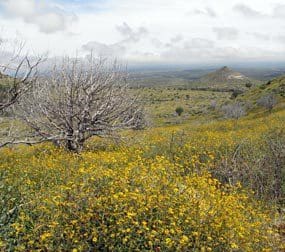
Guadalupe Mountains National Park has more than 1,000 species of plants, from common desert species to plants that can only be found in the park. Ecosystems like the Chihuahuan desert, rocky canyons, and forests also support 60 species of mammals, 55 species of reptiles, and 289 species of birds.
Returning to the visitor center, I come upon six bicyclists resting in the breezy shade of the covered portico. They are refilling their water bottles and snacking on salty trail mix, their bike paniers laden with camping gear, their faces and arms sunburned. Six young people, all in their 20s, are traveling coast to coast. They started their trek on a Pacific beach near Santa Cruz, California, and will end by dipping their front wheels in the Atlantic near Wilmington, North Carolina. So far, they’ve pedaled for 29 days and over 1,200 miles across the country. Only 1,700 more to go. I tell them about the Butterfield Stage.
“This is the high point of our route, too,” says one young man. “It’s all downhill from here.” He grins knowingly. They were well aware of the potential for hardships to come on their journey. Their thirst quenched for now, they swing back into their saddles and ride off toward the east, following the long, quiet highway that has brought them this far, a road less traveled over the Guadalupe Mountains.



